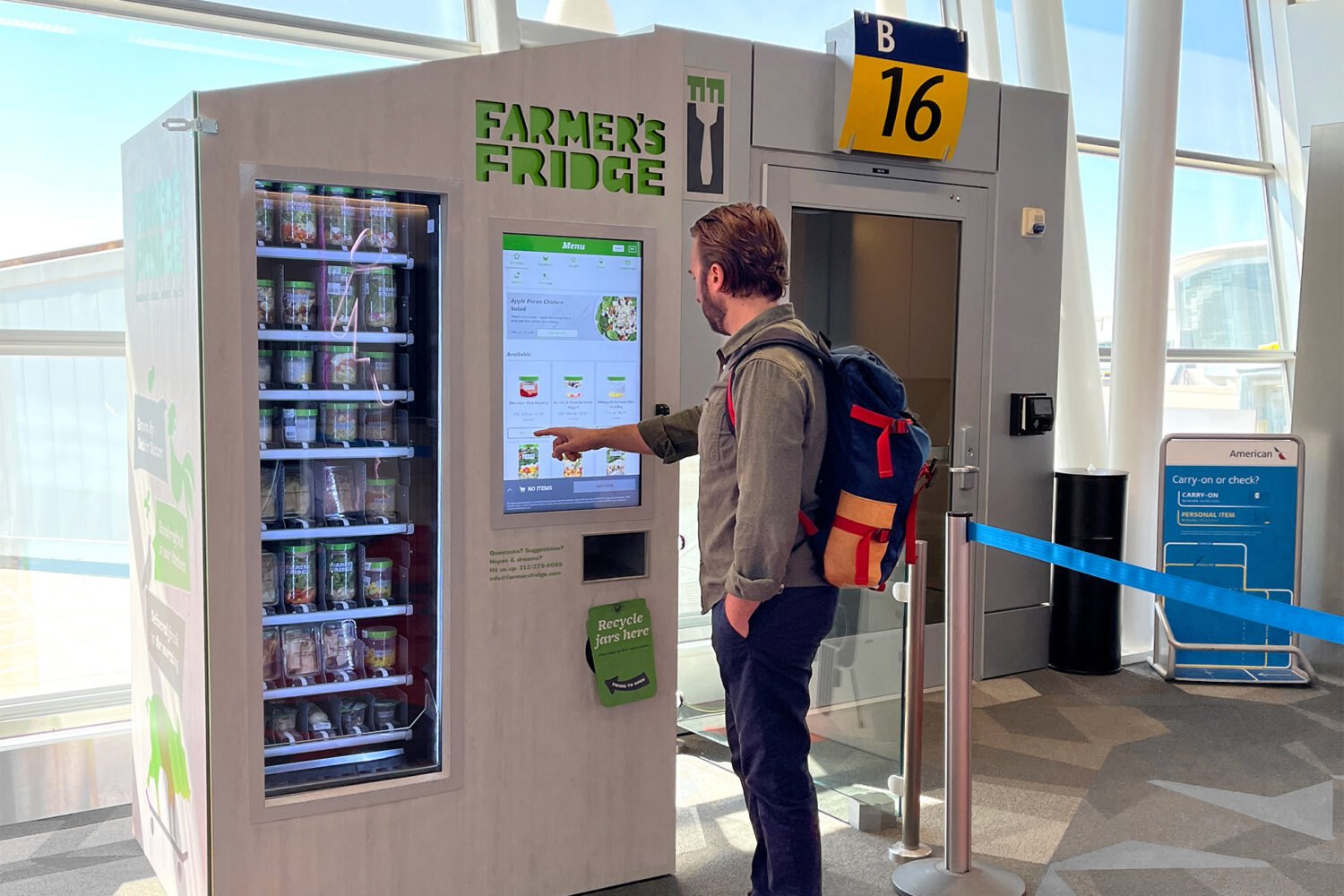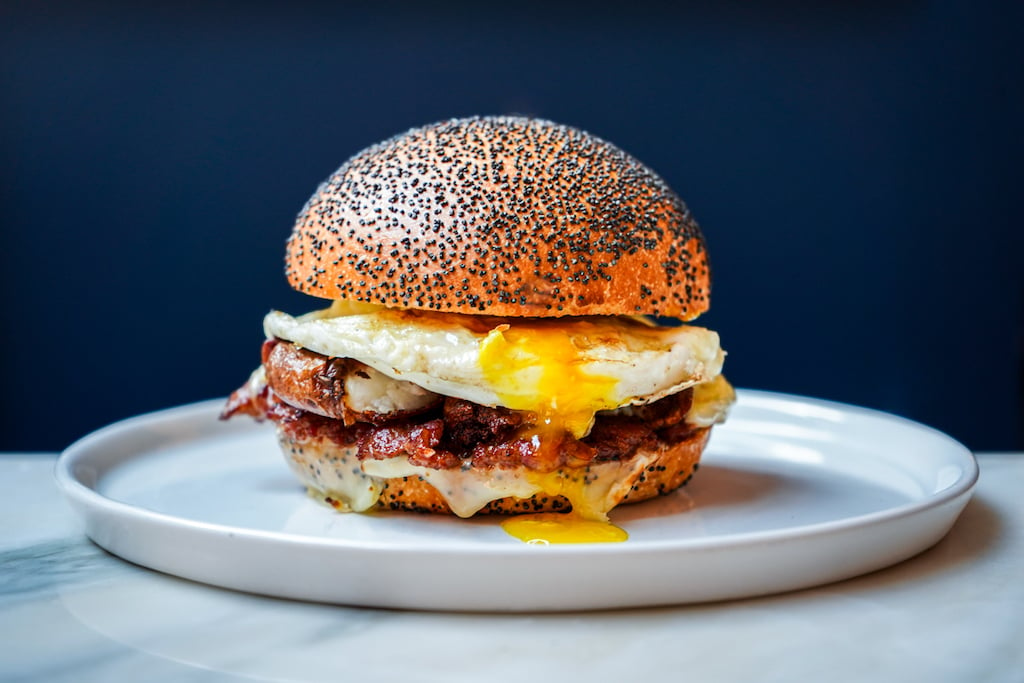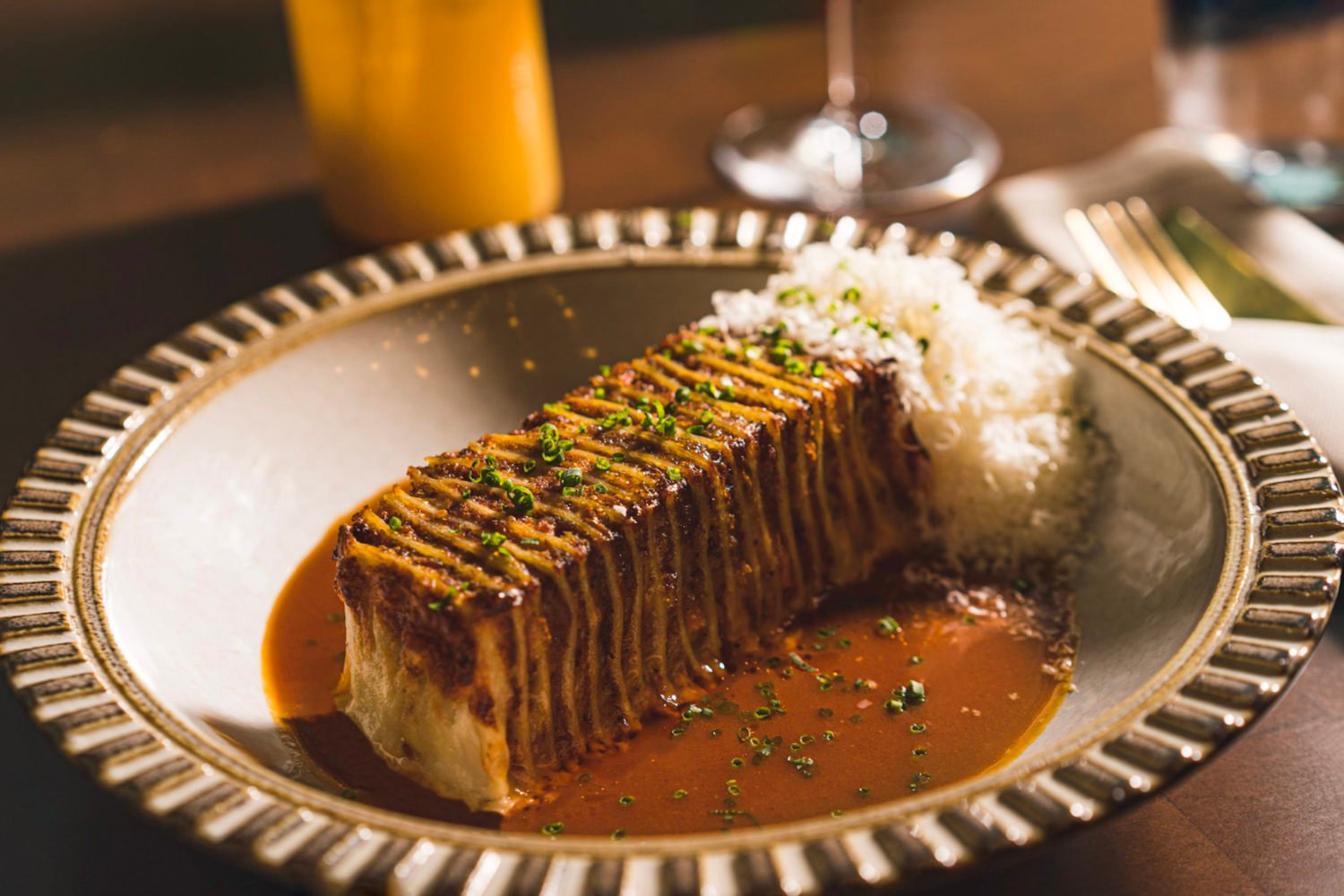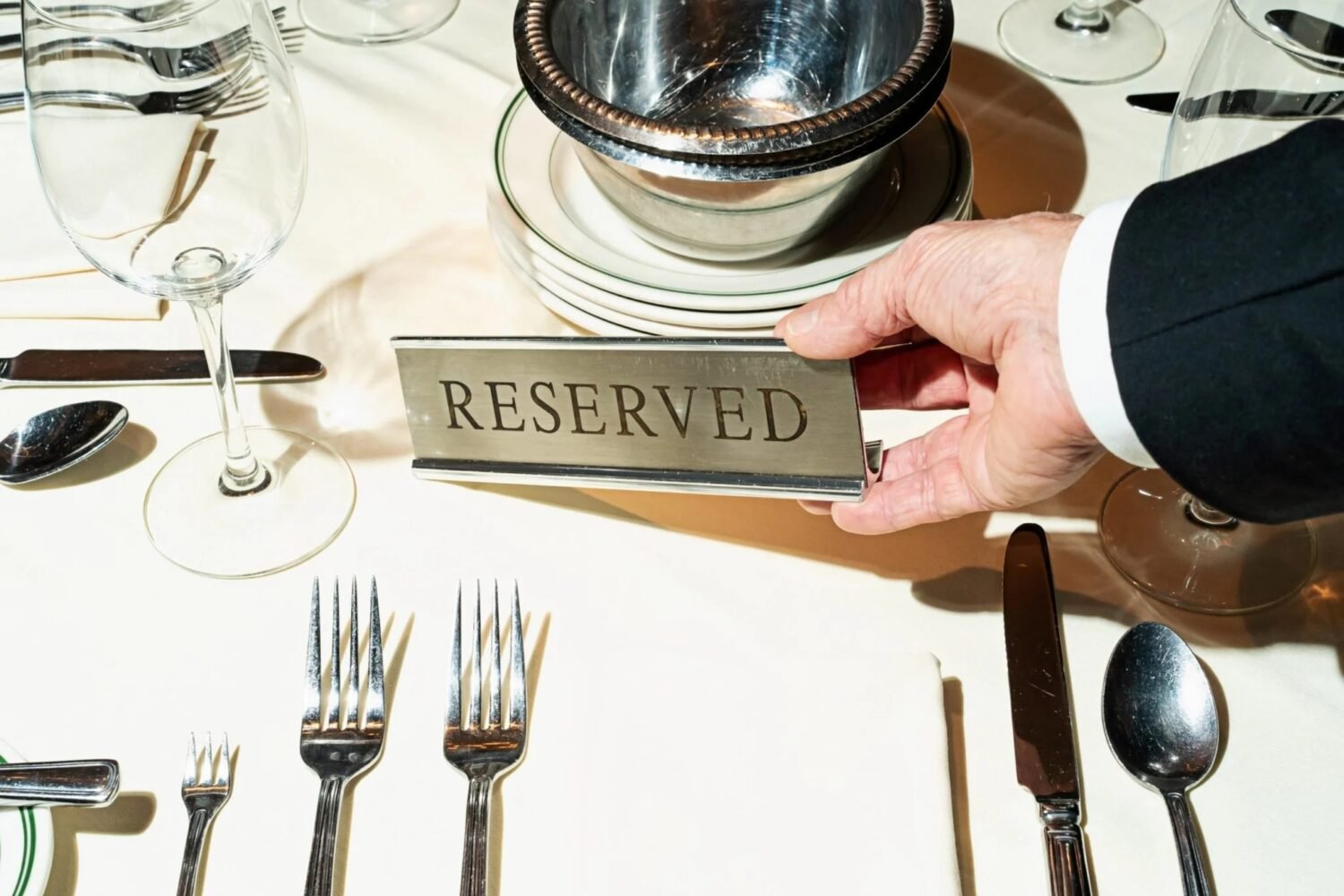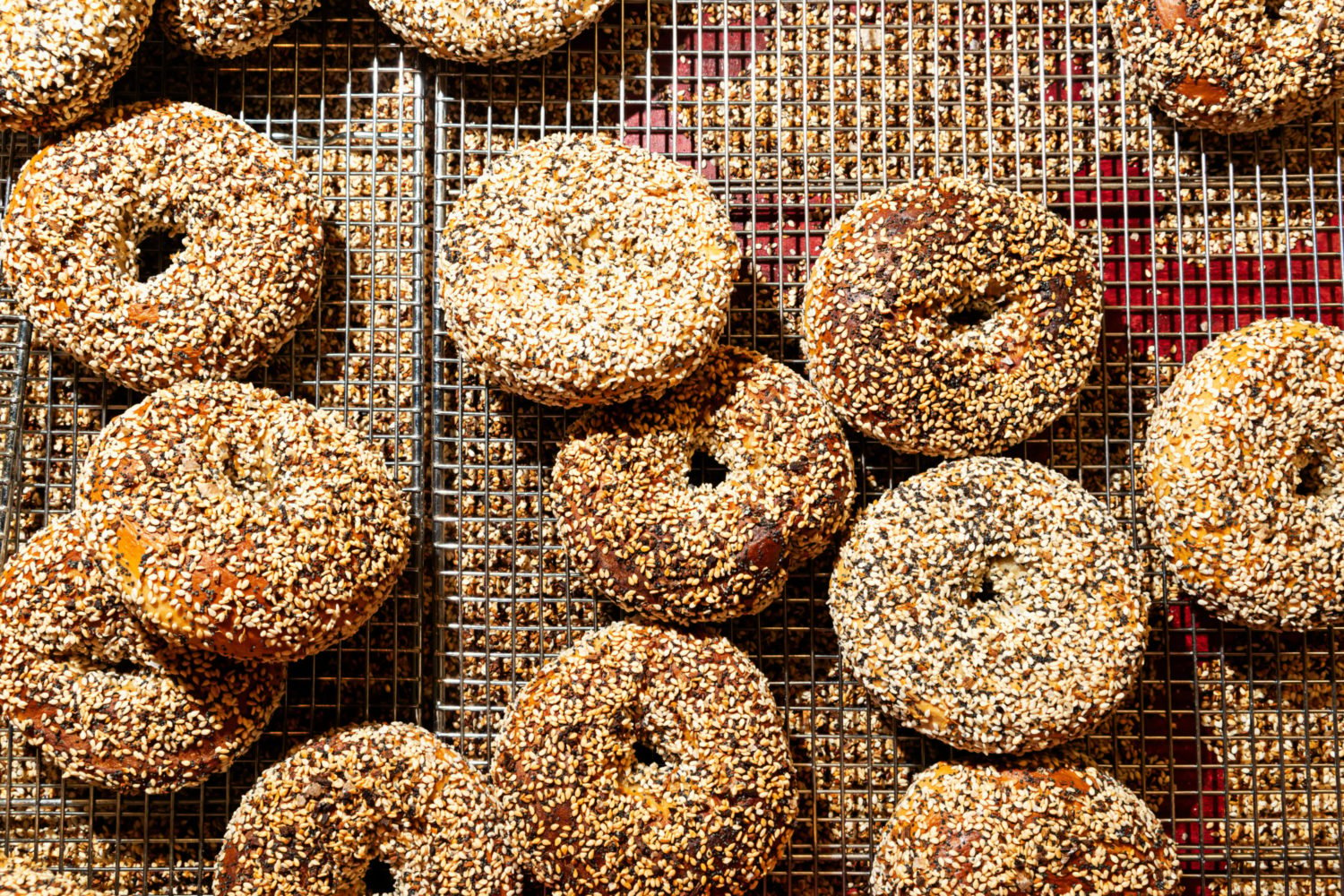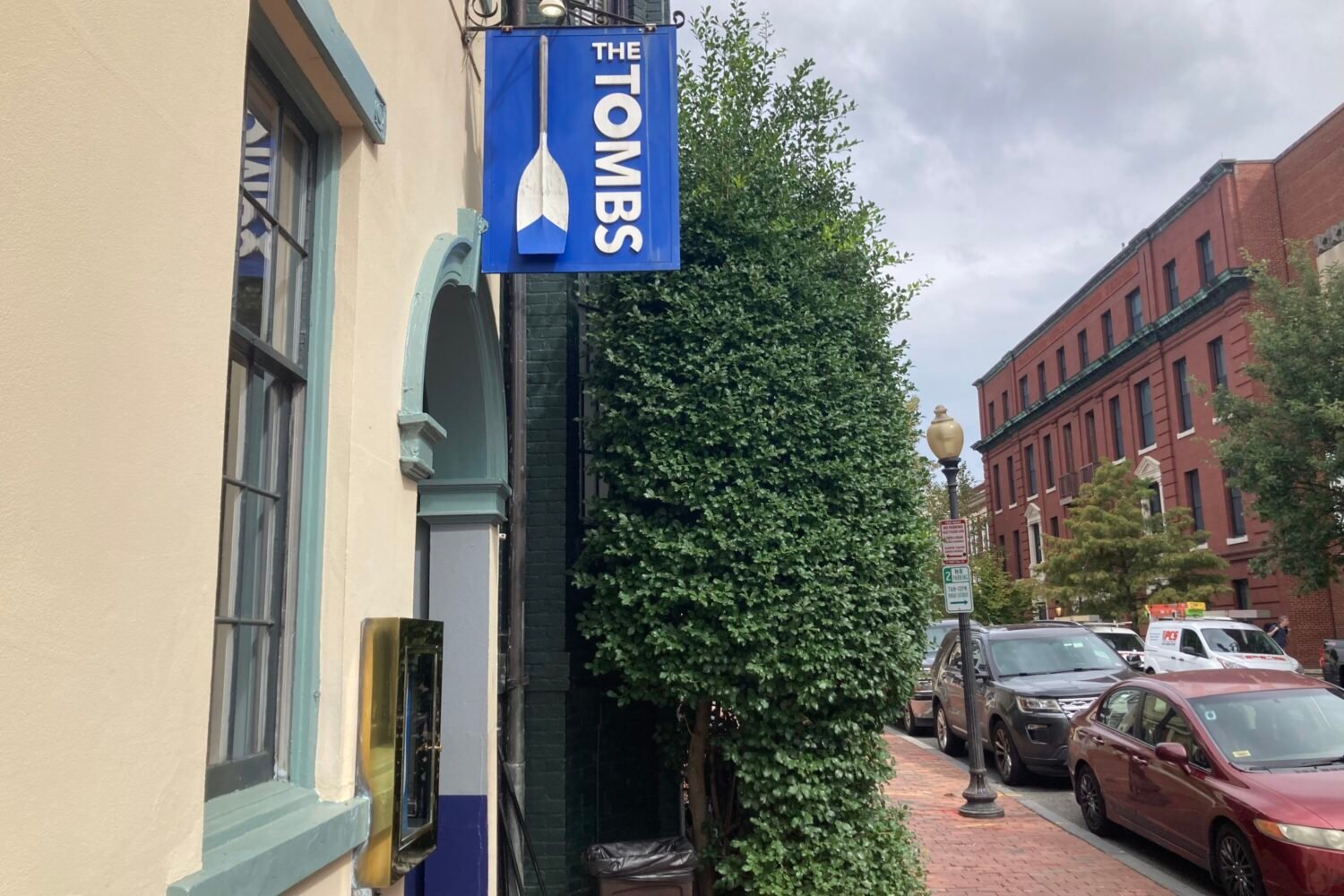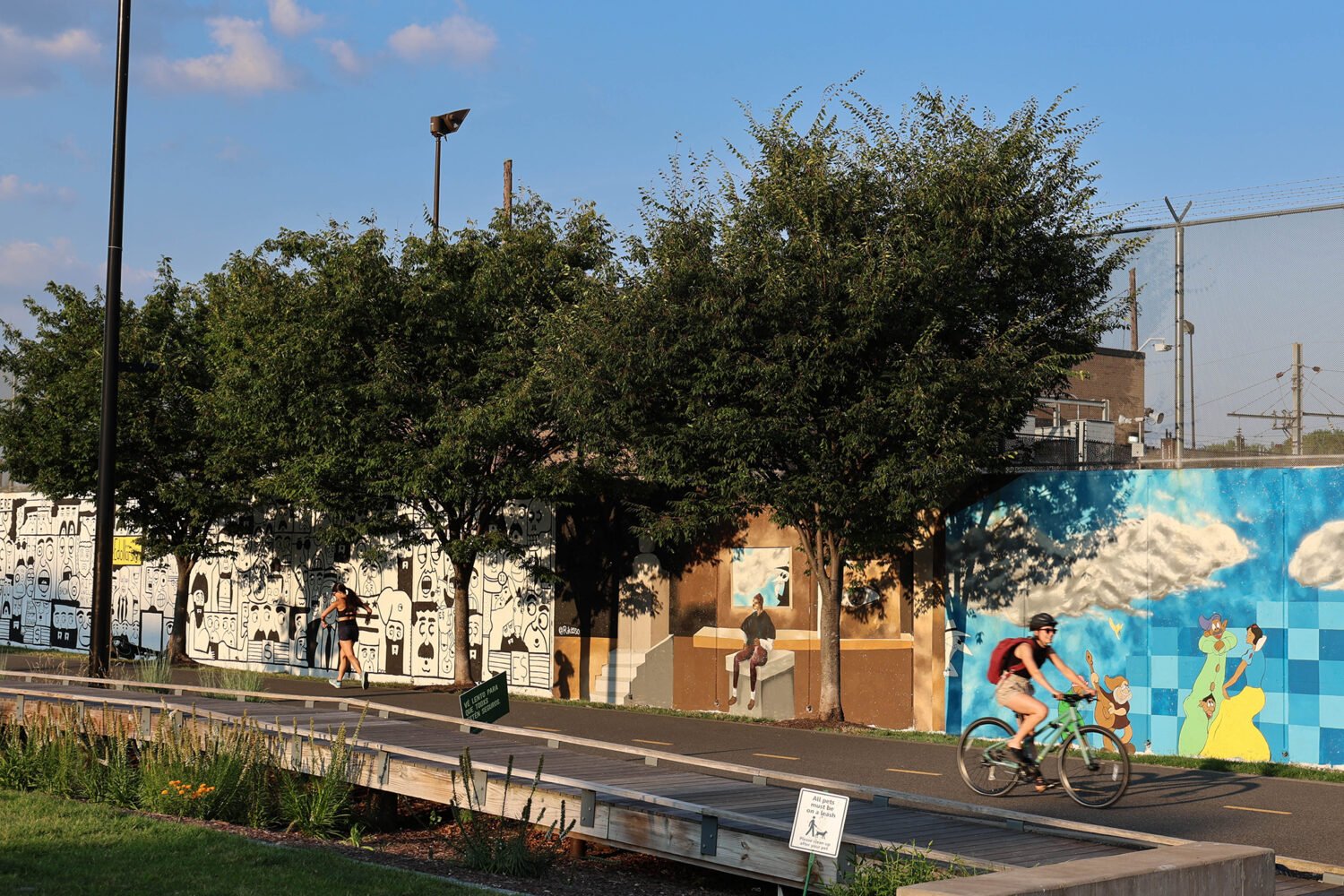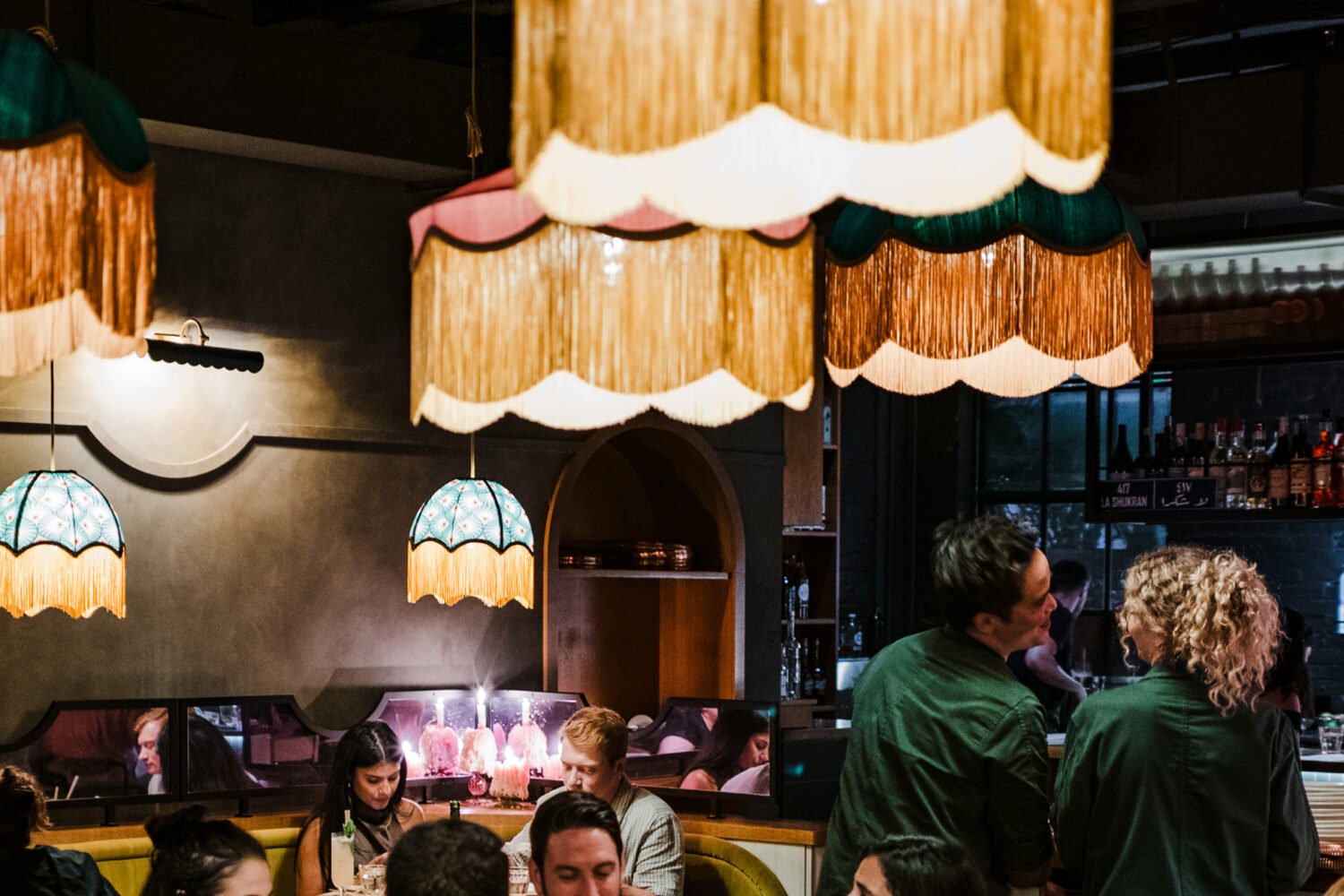From July 2006
Second Helpings
Indique triggered a wave of high-minded Indian restaurants in the city. With Indique Heights, the owners have taken the first step toward creating a mini-chain. Does the new place extend the innovations of the original or merely extend the brand?
The first time I visited the new Indique Heights, I overheard an Indian couple speculating about the food as they exited the second-floor elevator on their way to the restaurant.
"You think it'll be Westernized?" the husband wondered as we traversed the freshly buffed corridor of the professional building on Wisconsin Avenue in Chevy Chase.
His wife didn't miss a beat: "Oh, probably."
The security-guarded surroundings do nothing to ease suspicions of an incipient soullessness–it was easier to imagine I'd be reading an ophthalmologist's eye chart than a menu–nor does the interior of the restaurant, its three staidly appointed rooms never conveying a single, united effect.
But if the current crop of sleek Indian restaurants has taught us anything, it's that Indian food is complex and varied enough to be able to withstand both the onslaught of heat lamps at the buffet table and the whims of chefs who play with precious plating.
The couple I followed into the restaurant that night surely discovered that the chutneys are not dumbed down, there are not one but two kinds of raita to choose from, the breads are expertly tended, and the kitchen is not the least bit chary in applying the heat.
So the question isn't "how authentic is it?" The question is "how good is it?" How distinctive?
And that's a much more complicated matter to reckon with because, like the child of privilege, Indique Heights's identity is bound up in that of its very successful parent, Indique–a name the restaurant's slick Web site suggests is the blending of "India" and "unique."
Indique Heights represents both the charms and perils of the spinoff of its parent on Connecticut Avenue. On the one hand, it comes with a ready-made identity, a pretested, customer-approved persona. On the other hand, it's destined to be regarded as a mere outpost of the original, an extension of the brand.
And destined, perhaps, to be remembered as the catalyst for the downfall of the original. Spinoffs create strain. Can the parent restaurant maintain its strength while the owners tend the baby? Can both the original and the spinoff maintain their quality, or will one siphon the energies of the other?
The owners of Indique Heights–Surfy Rahman, Harry Sanotra, and K.N. Vinod–ought to be aware of the trap, having already faced the challenge in coming up with the original Indique in DC's Cleveland Park. With its bold, stylish interiors–imagine the crew of Trading Spaces undertaking a makeover of a curry shop–and its ambitious menu, Indique was a striking departure from the short-order atmosphere of Bombay Bistro in Rockville, the partners' original restaurant.
Their new venture turns out to be more or less the same as their previous venture. Make that more and less. More because the kitchen has been tasked with cooking for four different menus. There's a brunch buffet of more than 20 dishes on weekends, a lunch menu, a happy-hour menu, and a dinner menu. And less, too, because the owners have contrived to make small plates–a wrinkle at the original–into a defining feature of the new restaurant.
To sit on a low-slung, backless chair in the lounge and snack on masala cheese toasts–white bread toasted and slathered with a soft, chili-stoked yellow cheese–is to experience the intersection of four of the biggest restaurant trends of the past year: the continued popularity of small plates, the ascendancy of Indian cooking, the emergence of "ethnic chic," and the growing fascination with Indian street food. You can't accuse the owners of not grasping the culinary and cultural moment, even if sending out plates of junk food no longer feels quite so new or daring.
Beyond the toasts, which never quite reach gooey lusciousness, there's a kathi roll, bits of chicken kebab tucked into a puffy fry bread and dressed with pickled onions and chutney–a tasty wrap complete with its own unwaxed-paper covering. Toasted dinner rolls show up in a tasty snack called pao baji, the vehicle for a pungent mash of chickpea and potatoes.
Two other street-food staples, bhel puri and papri chaat, are as expected in Indian restaurants these days as the sound of a raaga. Bhel puri turns up here as a sculpted mound of rice noodles and rice puffs bound together with cilantro-flecked yogurt. Papri chaat shows up as a dual swirl of mint chutney and tamarind chutney concealing a layer of thick, wonderfully tart yogurt, which itself conceals a bed of delicate rice puffs.
On the other hand, the crab cakes–spiced but not overspiced with anise, shallots, and red pepper–turn out to be mostly backfin; the mini dosa is more crepey than crispy; the fried lentil patties called oothapam are softer than they ought to be, interesting mostly for the chili-studded kick they provide; and a masala-grilled fish, though aromatic from its marinade of chili, tamarind, and curry leaves and full of rich, pearly flesh, is as salty as a bag of chips.
What the owners have done in putting a premium on small plates is reorient you away from the kind of Indian meal you might be accustomed to, in which a couple of starters gives way to a couple of curries and dessert is usually bypassed.
Here it pays to front-load and back-load your experience.
That means grazing among the street foods but also concentrating on the crunchy samosas (sliced open to resemble a taco salad, the top halved and jammed into the center, the whole thing drizzled with mint and tamarind chutney), the excellent soups (one made with buttermilk and spiked with curry, the other built from a rich shrimp stock and delicately flavored with ginger), and the first-rate breads (the blistered naan and lightly fried paratha are lighter and crispier than most).
And it means planning for dessert. There are nine to choose from, and in yielding gently to Western sensibilities, they up the ante for Indian sweets in the area. Shreekand brule is an inspired union of opposites, the lushness of the custard giving up an intriguing spicy tang, thanks to its infusion of cardamom, yogurt, and saffron; the top was nearly burned the first time I ordered it, yet it disappeared just as quickly as the perfect version I downed on my third visit. Parupe pradhamam, a specialty of Kerala, a state along the western coast of India, brings together lentils, cashews, jaggary, cardamom, and raisins in a warm, soft-textured pudding that toggles between sweet and spicy. An order of gulab jamun turns up a single ball of fried dough, but it's a big one, fluffy, soft and perfectly fried. Cutting into the dough releases a blast of steam that melts the dollop of vanilla ice cream (not kulfi), which then mixes with a rosewater-orange sauce to update the traditional floral honey sauce. Kulfi is its own dish, creamy and smooth and anointed with the same orange sauce. There's also a trio of elegant little rice puddings that really ought to be reduced to a single; the cardamom is so good it deserves its own billing.
Where a meal at Indique Heights sags is in the middle. The biggest disappointment is the curries, each offender undone by a different flaw. A goat curry and lamb rogan josh are marred by too many gristly, untender bits of meat. The chicken curry is weakened by an overly thin gravy. Chicken chettinad, a carryover from Cleveland Park, is so astringent with black pepper that whatever layering of spice there may have been has been snuffed out. A Goan shrimp curry is spoiled by its oil separation, a greasy slick shimmering on the surface of the dish.
The surprise is that the shrimp varuval, with its pungent sweet chili sauce, stands out for being comparatively refined. Two vegetarian dishes are equally rewarding: the malai kofta, which sets lightly sweet vegetable dumplings in a delicate gravy the color of a blazing sunset, and the shallot potatoes, a spicy, aromatic hash that inspires compulsion.
This last was set down on the table one night by a waiter whose hand was bathed in the smell of cigarettes, leaving a smoky trail hovering over the bowl. That same night, a friend had a drink poured on his shoe. Things improved considerably on the next visit–too considerably. My friend had his water glass filled three times without ever having taken a sip.
The more curries I ate that fell short of their promise and the more service veered from comically inept to embarrassingly obsequious, the more curious I became about Indique. Not long after my last visit to Indique Heights, I returned to the Cleveland Park original, where I had the weakest meal I've ever eaten at that restaurant: tired, if carefully plated, starters; greasy, grainy curries; soft, soggy breads.
It was easy to think that nobody was minding the kitchen in Cleveland Park, the owners having trained so much of their attention on Chevy Chase. And hard not to wonder if, after the fledgling is strong enough to survive, the result would be that we are left with not one really good restaurant but two pretty good ones.
It's happened before. The DC Jaleo is superior to both the Maryland and Virginia Jaleos. Lebanese Taverna was better before its spate of cafes began popping up across the area. Austin Grill, which launched with a smart, Ann Cashiondesigned menu, has devolved into generic happy-hour food. Five Guys is no longer consistent, unless you count consistently middling. And the Bombay Bistro today offers only a glimpse of what it used to be.
There's only so much passion and drive to go around, and, so far at least, the one thing restaurateurs can't clone is themselves.

